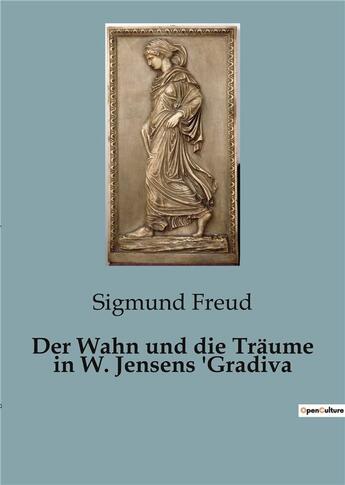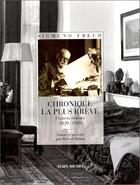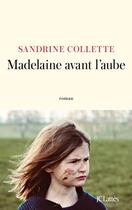-
Date de parution : 17/10/2023
-
Editeur :
Culturea
-
EAN : 9791041821457
-
Série :
(-)
-
Support :
Papier
Résumé:
Der Wahn und die Träume in W. Jensens 'Gradiva' is an essay written by the renowned Austrian psychoanalyst Sigmund Freud. In this essay, Freud analyzes the novella Gradiva by the German author Wilhelm Jensen, focusing on the themes of delusion and dreams.
Jensen's novella Gradiva tells the... Voir plus
Der Wahn und die Träume in W. Jensens 'Gradiva' is an essay written by the renowned Austrian psychoanalyst Sigmund Freud. In this essay, Freud analyzes the novella Gradiva by the German author Wilhelm Jensen, focusing on the themes of delusion and dreams.
Jensen's novella Gradiva tells the story of an archaeologist who becomes obsessed with an imaginary woman, Gradiva, whom he encounters in his dreams. The protagonist is fascinated by Gradiva's ability to walk despite her illness, which becomes a central point in his dreams.
Freud examines this obsession of the main character with Gradiva and explores how delusion and dreams are interconnected. He considers how dreams can reveal repressed desires and psychological conflicts while showing how the mind can use dreams as a defense mechanism.
Freud's essay provides insight into the links between literature, psychoanalysis, and the understanding of the unconscious. It demonstrates how literary analysis can help shed light on mental processes and psychological phenomena.
In summary, Der Wahn und die Träume in W. Jensens 'Gradiva' is an essay by Sigmund Freud that analyzes Wilhelm Jensen's novella, delving into the themes of delusion and dreams. Freud explores how dreams can reveal unconscious desires and psychological conflicts, highlighting the intersection between literature and psychoanalysis.
Donner votre avis















